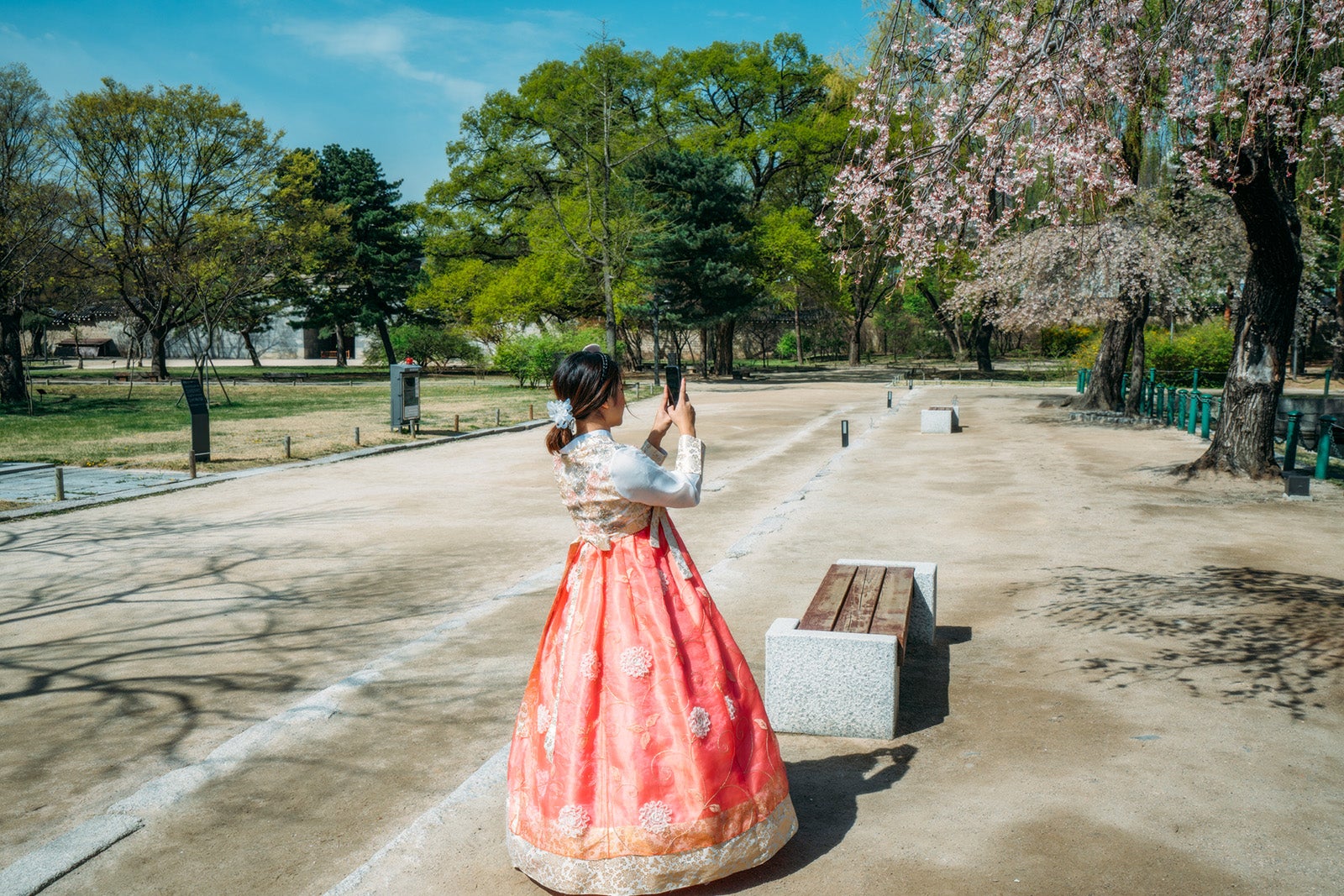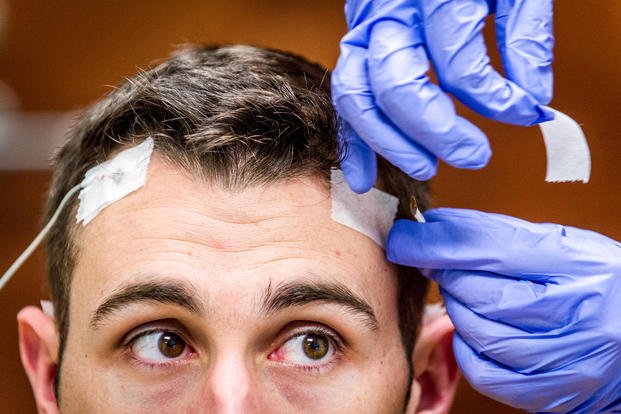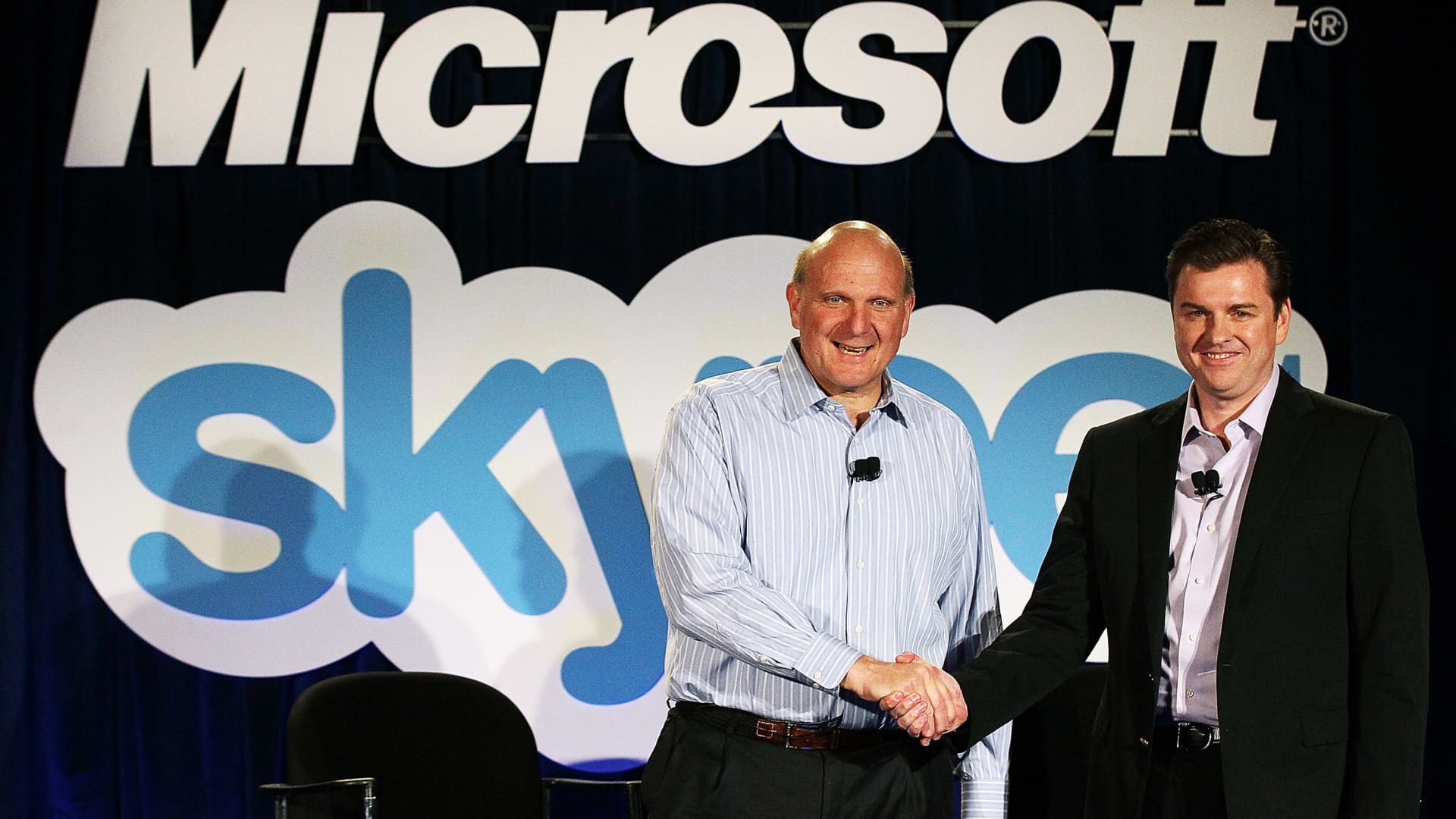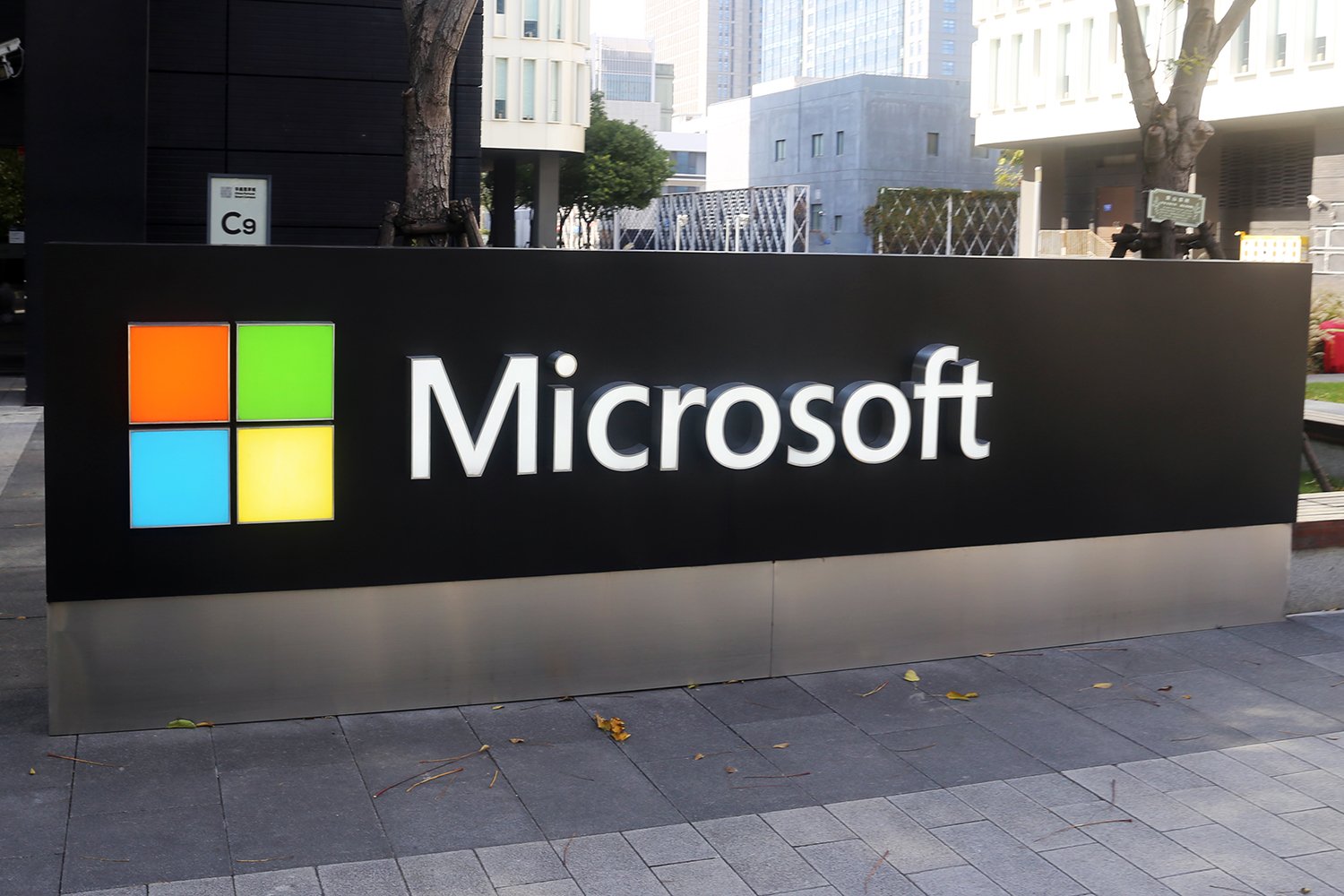Category: Breaking
-

Why is the flu so bad this year? Understanding its severity, vaccine patterns and other factors
The U.S. is in the midst of its first “high severity” flu season in seven years. Since October, there have been at least 37 million infections, 480,000 hospitalizations and 21,000 deaths, the Centers for Disease Control and Prevention said Friday. As of last week, 98 children have died from influenza, the CDC reported. In some…
-

Stefanos Tsitsipas reveals what the rest of the ATP Tour think about Felix Auger-Aliassime ahead of their Dubai Tennis Championships clash
Stefanos Tsitsipas had struggled during the early stages of his 2025 season and was in need of a strong week in Dubai. The Greek number one endured a tough loss in Melbourne, as Tsitsipas lost to Alex Michelsen in the first round, 5-7, 3-6, 6-2, 4-6. Looking to bounce back in the Netherlands, the world…
-

13 Things To Know Before Playing
Monster Hunter Wilds is the most streamlined game in Capcom’s long-running action-RPG series. Worried that juggling menus and harvesting laundry lists of arcane animal parts sounds too overwhelming and boring? Fear not! Monster Hunter Wilds lets you (mostly) make the experience as simple or as complicated as you want. Dive in deep and get your…
-

The best places in the world to see cherry blossoms
After a long, gray winter, few things can lift my mood like seeing the first pink cherry blossoms of spring fill the sky. I’m especially lucky — some of the best buds on the East Coast bloom near me at Branch Brook Park in Newark (yes, that Newark). The 5,000 trees create a cotton candy…
-

VA Study of Brain Injuries and Mental Health Would Be Ordered Up by Senate Bill
Key senators, including the chairman of the Senate Veterans Affairs Committee, are renewing a push for an in-depth study of how brain injuries affect veterans’ mental health. Chairman Jerry Moran, R-Kan., and Sen. Angus King, I-Maine, who also sits on the committee, reintroduced a bill this week that would direct the Department of Veterans Affairs…
-

Steph Curry has been awakened, and that’s scary news for the rest of the NBA
Feb. 27, 2013: Steph Curry declared himself arrived. The NBA’s newest superstar. Scoring 54 in Madison Square Garden was a launch party. He and his Golden State Warriors would go on to upset Denver and press San Antonio in his postseason debut. Feb. 27, 2016: Steph Curry declared himself a transcendent figure with a defining…
-

Students honor West Louisville’s health care pioneers
Inspired by the historical monument at Norton West Louisville Hospital, elementary students brought history to life. Author: Norton Healthcare Published: February 28, 2025 Estimated reading time: 4 minutes History was alive at Brandeis Elementary School in Louisville, where students participated in their annual “living wax museum” honoring historical African American heroes during Black…
-

Microsoft is retiring Skype in May, encouraging people to adopt Teams
Kelly Harris of San Jose, leans over to kiss the web cam as she says her goodbye to Brian Johnson, her brother stationed in Japan, at the end of their video phone call via Skype in San Jose, Calif. on Nov. 25, 2009. Lea Suzuki | San Francisco Chronicle | Hearst Newspapers | Getty Images…
-

Airlines and airports use special scents in airports and inflight
Some of the Air France spaces at Paris-Charles de Gaulle Airport (CDG), and some of its onboard suites smell a bit different now than they did last month. That’s because, in mid-January, the carrier introduced its first-ever signature fragrance and began using it in its La Premiere (first-class) lobby, a handful of lounge areas…
-

Microsoft Names Developers It Sued for Abusing Its AI Tools
Microsoft is trying to show its commitment to AI safety by amending a lawsuit filed last year to unmask the four developers it alleges evaded guardrails on its AI tools in order to generate celebrity deepfakes. The company filed the lawsuit back in December, and a court order allowing Microsoft to seize a website associated…